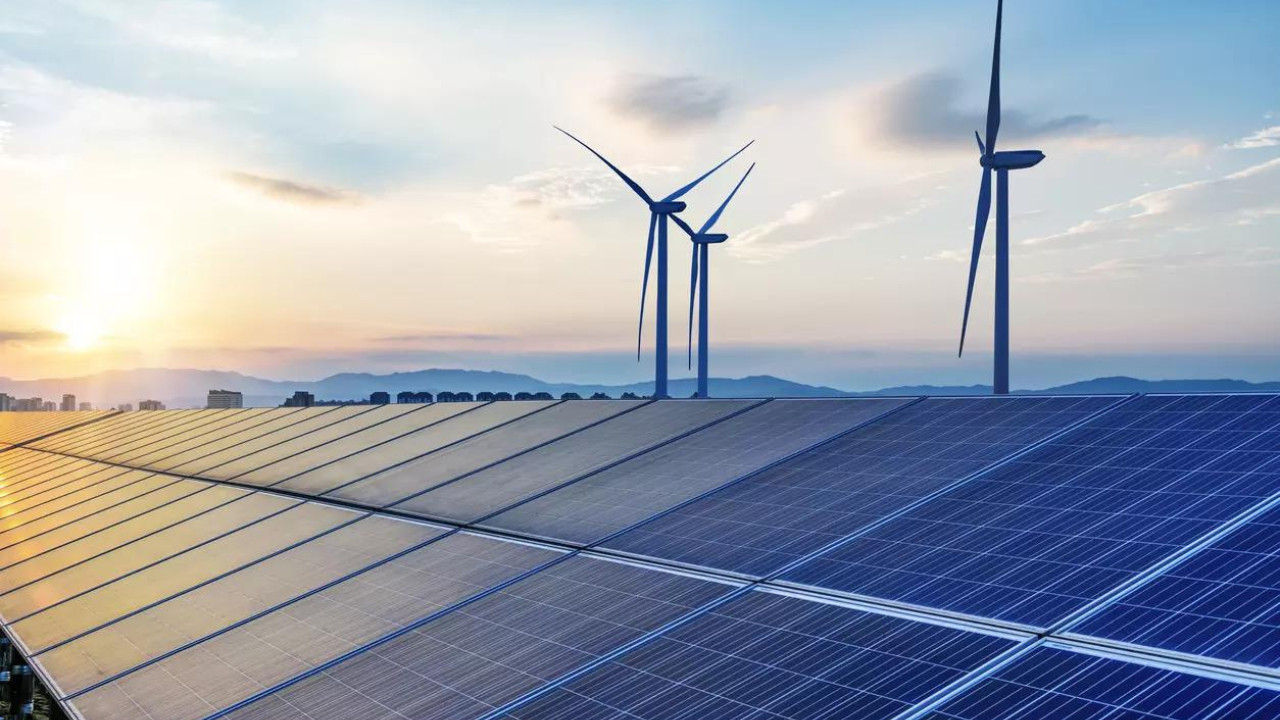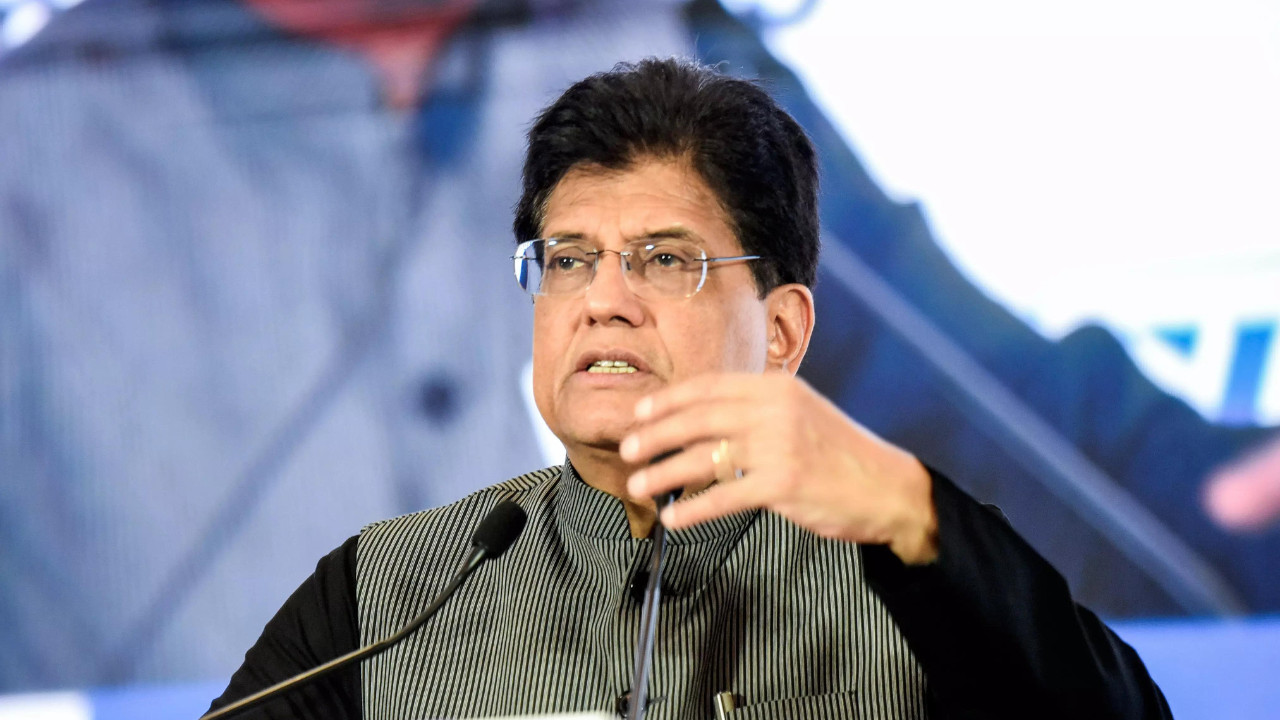India’s fiscal deficit hit 38.1 percent of the full-year Budget Estimates by August, amounting to Rs 5,98,153 crore. This gap reflects the Centre’s Rs 18.8 lakh crore expenditure against Rs 12.82 lakh crore in total receipts. With the full-year deficit projected at 4.4 percent of GDP, significant spending on interest payments and subsidies underscores the nation’s financial landscape.
Navigating India’s Fiscal Waters: A Look at the Latest Deficit Figures
India’s economic narrative is a complex tapestry woven with threads of ambition, growth, and prudent financial management. The latest fiscal data offers a fascinating glimpse into the current state of affairs, revealing both encouraging trends and areas demanding careful navigation. Let’s dive into the numbers and understand the story they tell about India’s fiscal health.
The headline? The central government’s fiscal deficit has reached 38% of its budgeted target, settling at ₹12.82 lakh crore. While that might sound alarming at first blush, context is key. Remember that budgets are living documents, constantly adjusted to reflect the realities of the economic landscape. To paint a full picture, we need to analyze the components that contribute to this figure.
Shining a Light on Government Receipts
The government’s revenue streams are a critical indicator of economic vitality. The data reveals a positive trajectory in receipts. Total receipts – encompassing both revenue and capital inflows – are on the rise. This surge suggests a resilient economy, fueled by tax revenues and strategic asset management. Specifically, tax collections are showing robust growth, reflecting increased economic activity and improved tax administration. Think of it like this: if the economy is a garden, tax revenue is the harvest. A bountiful harvest indicates healthy growth.
Investment in the Future: Capital Outlay Surge
Here’s where things get truly interesting. Capital expenditure, the lifeblood of long-term growth, is experiencing a significant boost. This means the government is investing heavily in infrastructure projects, like roads, railways, and ports. Such investments are not just about immediate economic gains; they are about building the foundation for sustained growth for generations to come. Imagine capital outlay as planting trees – you might not see the shade immediately, but the future benefits are undeniable. This commitment to infrastructure underscores the government’s vision for a vibrant and globally competitive India.

Revenue Expenditure: Striking the Right Balance
While capital expenditure is about investing in the future, revenue expenditure is about managing the present. This includes expenses like salaries, subsidies, and interest payments. The key here is finding the right balance. While essential for maintaining social welfare and smooth governance, excessive revenue expenditure can strain the exchequer and limit resources available for crucial capital projects. The government’s challenge lies in optimizing revenue expenditure to ensure efficient delivery of services while freeing up resources for investments that drive economic expansion. It’s a tightrope walk, requiring careful planning and execution.
Understanding the Fiscal Deficit
So, what about that 38% figure? It’s important to remember that the fiscal deficit is not inherently a bad thing. In a developing economy like India, a controlled deficit can be a necessary tool for stimulating growth. Strategic borrowing to fund infrastructure and other essential projects can generate long-term returns that far outweigh the initial debt. The key is to ensure that borrowing is used productively and that the government has a credible plan for managing its debt burden. Moreover, seasonal variations often influence spending patterns, meaning the deficit might appear larger at certain points in the fiscal year. A comprehensive assessment requires analyzing the full year’s performance. For instance, recent policies surrounding renewable energy are likely to influence upcoming expenditure and potentially impact the overall fiscal picture, and this could be closely related to India’s participation in international climate agreements.
Looking ahead, navigating global economic uncertainties will be crucial. Factors like fluctuating commodity prices, geopolitical tensions, and evolving global trade dynamics can all impact India’s fiscal position. The government will need to remain agile and adaptable, adjusting its strategies as needed to ensure continued economic stability and growth. Prudent fiscal management is not a destination; it’s a journey.
India’s Economic Trajectory: A Balanced Perspective
India’s economic story is one of resilience, ambition, and strategic planning. While the latest fiscal deficit figures warrant attention, a closer examination reveals encouraging trends in revenue receipts and capital expenditure. By maintaining a balanced approach, prioritizing strategic investments, and remaining vigilant in the face of global challenges, India is well-positioned to achieve its long-term economic goals. The path forward requires continued vigilance and a commitment to sound fiscal principles, ensuring that India’s economic engine continues to propel the nation towards a brighter future.
[Internal link to an article about India’s economic growth strategy]







